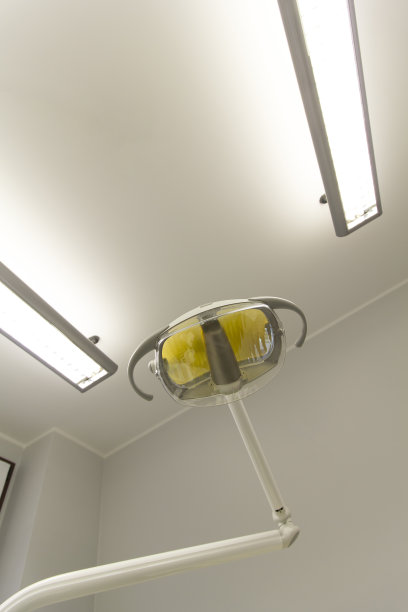The Essential Guide to Extracting a Tooth Procedures, Aftercare, and What to Expect During Recovery
Summary: Extracting a tooth may seem daunting, but understanding the procedures involved, aftercare requirements, and expectations during recovery can make the process far less intimidating. This guide walks you through the essential steps of tooth extraction, detailing how the procedure is performed by dental professionals, what to do afterward for optimal healing, and what sensations and symptoms to expect throughout the recovery phase. With proper knowledge and preparation, patients can approach tooth extraction confidently and be better equipped to handle the post-procedure experience.
1. Understanding Tooth Extraction Procedures

Tooth extraction typically occurs in two primary settings: a dental office or an oral surgeon’s facility. The first step involves a thorough examination of the tooth and surrounding tissues, often accompanied by X-rays to assess the tooths roots and alignment. This helps the dentist determine if the tooth can be saved or if extraction is the best option.
Once its confirmed that extraction is necessary, the dentist will provide local anesthesia to numb the area around the tooth. In some cases, sedation dentistry may be recommended for anxious patients, ensuring a more comfortable experience. After numbing the area, the dentist uses specialized tools to loosen the tooth before carefully removing it.
In more complex cases, such as impacted wisdom teeth, surgical extraction may be required. This process involves making an incision in the gums and perhaps even removing bone tissue to successfully extract the tooth. Regardless of the method, the skilled hands of the dental professional focus on ensuring minimal discomfort and effective outcomes.
2. Essential Aftercare Steps to Follow
After your tooth extraction, proper aftercare is crucial for a smooth recovery. You will likely receive specific instructions from your dentist, but general guidelines include resting for the first 24 hours. Avoid strenuous activities as your body begins to heal and the blood clot, which forms in the socket, stabilizes.
It’s also vital to manage pain and swelling post-extraction. Dentists typically recommend over-the-counter pain relievers or prescribed medications to help with discomfort. Additionally, applying a cold compress to the outside of your cheek can significantly reduce swelling, especially during the first few days following the dental procedure.
Maintaining oral hygiene is essential, but you need to be careful in the extraction area. It’s advisable to avoid rinsing your mouth vigorously, using straws, or spitting, as these actions can dislodge the blood clot and lead to a painful condition known as dry socket. Gentle oral care should still be maintained; soft, bland foods are often recommended for the initial days.
3. What to Expect During Recovery
The recovery period after tooth extraction varies from person to person, but there are several common experiences you can expect. Initially, some tenderness, swelling, and bleeding are normal parts of the healing process. The swelling usually peaks about two days post-extraction and then gradually subsides. If swelling persists or worsens beyond a few days, it is essential to contact your dentist.
Some patients may also experience bruising on the gums or face; this, too, is usually temporary. Pain typically peaks within the first two days and gradually decreases as healing progresses. However, if you encounter severe pain that doesn’t alleviate with medication, this should be brought to your dentist’s attention.
Ultimately, complete recovery from tooth extraction may take anywhere from a few days to a couple of weeks, depending on the complexity of the extraction and individual healing rates. Regular follow-up visits may be recommended to ensure optimal recovery.
4. Signs for When to Seek Dental Advice
While most tooth extractions heal without complications, there are specific signs that should alert you to potential issues requiring immediate attention. If you experience prolonged bleeding or severe pain after the first few days, it may signal complications such as dry socket or infection.
Other symptoms to watch for include increased swelling or swelling that persists after a few days, fever, or a bad taste in your mouth, indicating possible infection. These symptoms warrant a quick call to your dentist to rule out any complications.
It is also advisable to maintain open communication with your dentist during your recovery phase. Regular consultation can help ensure that everything is healing properly and that you are following the appropriate aftercare protocol.
Summary:
Tooth extraction is a common yet significant dental procedure that demands understanding regarding the steps involved, necessary aftercare, and recovery expectations. Following the outlined guidelines can ensure a smoother, less anxious experience before, during, and after the extraction process.
This article is compiled by Vickong Dental and the content is for reference only.



